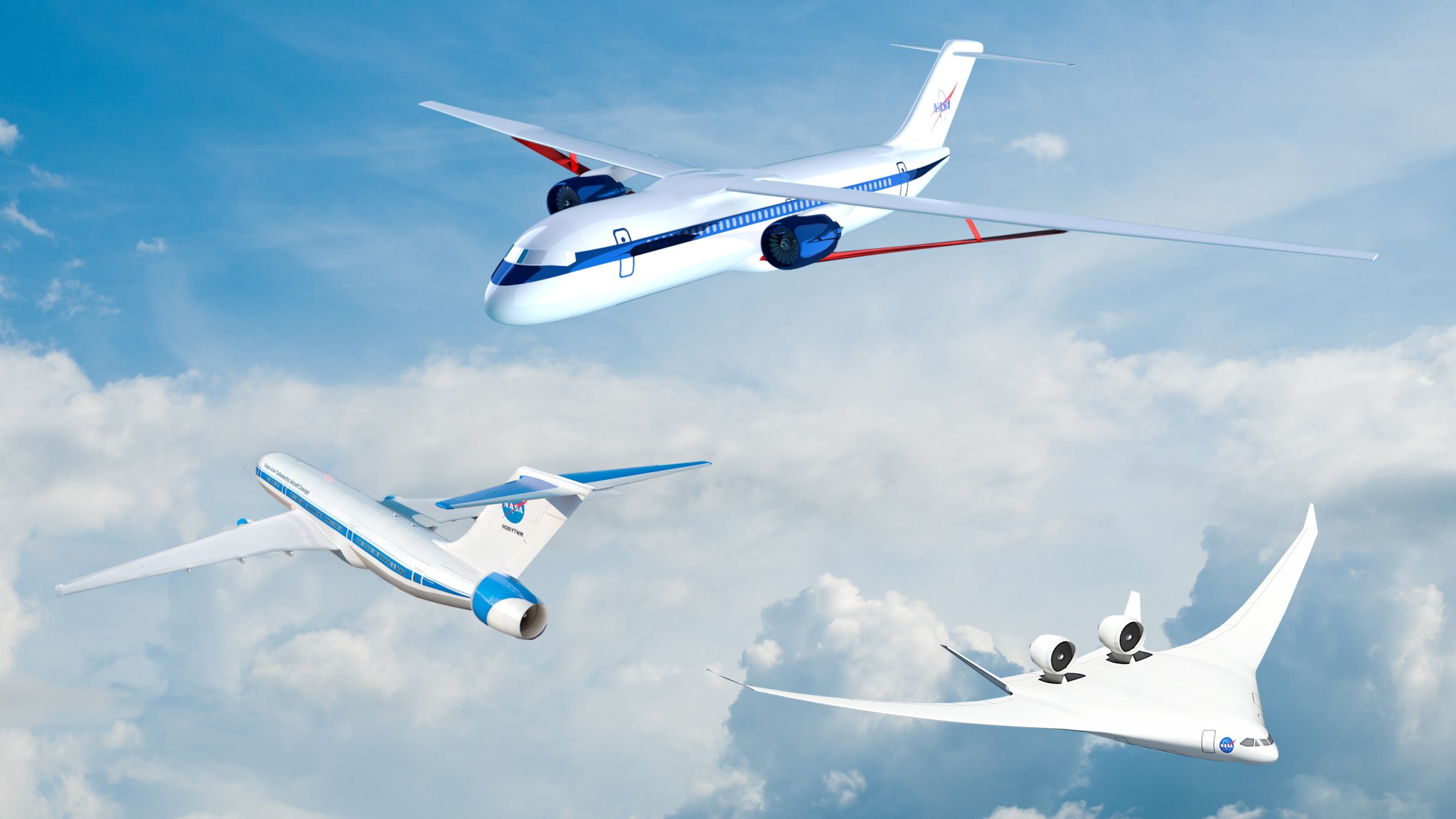How do we make aviation sustainable?
Aviation needs to be sustainable so the environment can be protected, the economy can grow, and people can continue to connect in person quickly across long distances thanks to the marvel of air travel.
With today’s aircraft fleet and operational efficiency, the estimated worldwide air traffic in 2050 would require more than 620 megatons of fuel and generate close to 2,000 megatons of carbon dioxide emissions.
In November 2021, the United States released its Aviation Climate Action Plan and committed to reaching net-zero greenhouse gas emissions from the U.S. aviation sector by 2050.
Now what if we could support the same level of demand while reducing net carbon emissions to zero by 2050?
There are three main ways to make aviation sustainable:
Efficient aircraft technology
Needing less energy to fly means either using less fuel or, for electric aircraft, less power that must be sourced elsewhere. This means lower lifecycle emissions for the entire time an aircraft is in use.
NASA works toward this by a combination of computational modeling, material and aircraft component developmental testing, wind tunnel testing, and flight testing.
Sustainable aviation fuel (SAF)
SAF doesn’t release new CO2 into the environment. Additionally, it’s been shown to reduce contrails that can trap heat in the Earth’s atmosphere.
NASA works toward this by a combination of computational modeling, emissions and combustion laboratory testing, and flight testing.
Operations and infrastructure
Using less energy on the ground or by choice of flight paths also reduces fuel burned and saves money.
NASA works toward this by a combination of computational modeling, simulations, and testing in the field.


























